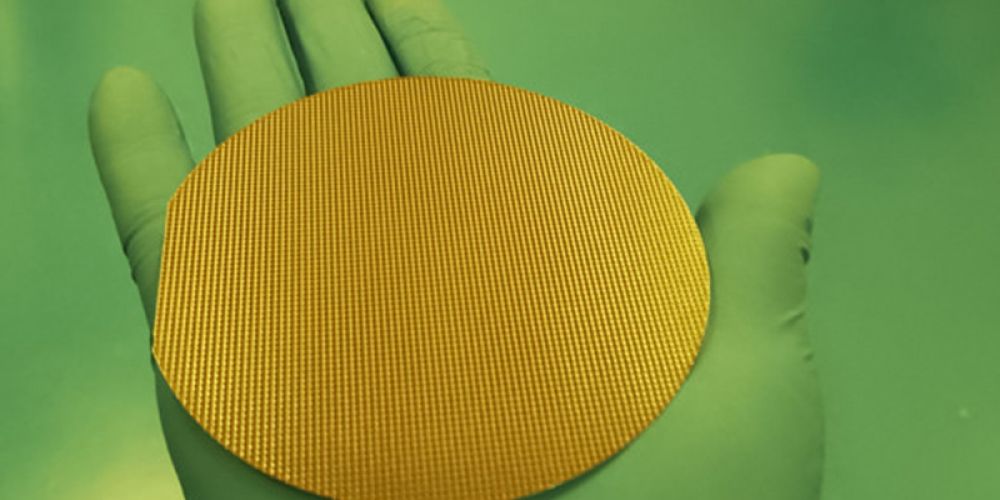
PSPI, the full name of which is “Photosensitive Polyimide”, is a material that combines the excellent physical and chemical properties of polyimide (PI) with the characteristics of photosensitive materials.
PSPI is similar to photoresist. Under the radiation of ultraviolet light, α-rays, X-rays, etc., the structure of the irradiated part will change, and it can be dissolved in the corresponding solvent, which can be used to make precise patterns.
Photosensitive polyimide is a polymer material that changes color under ultraviolet or visible light. It is usually polymerized from polyimide monomers containing benzimidazole structures and has two states: purple or colorless. When irradiated with light, the polymer molecules containing benzimidazole structures undergo charge transfer, resulting in changes in the absorption spectrum of the polymer molecules, thereby forming color changes. This material has the characteristics of fast response speed, good reversibility, and high responsiveness, and is an excellent photochromic material.
1. Main chain: The main chain is composed of repeated imide ring structures (-CO-NH-CO-).
2. Photosensitive groups: Photosensitive groups are functional groups that can undergo chemical reactions under the irradiation of light of a specific wavelength. The introduction of photosensitive groups enables the material to crosslink or decompose under light. Common PSPI photosensitive groups include: epoxy groups, double bonds, azo compounds, etc.
3. Other functional groups: Other special functional groups are introduced to improve its electrical properties or processability.